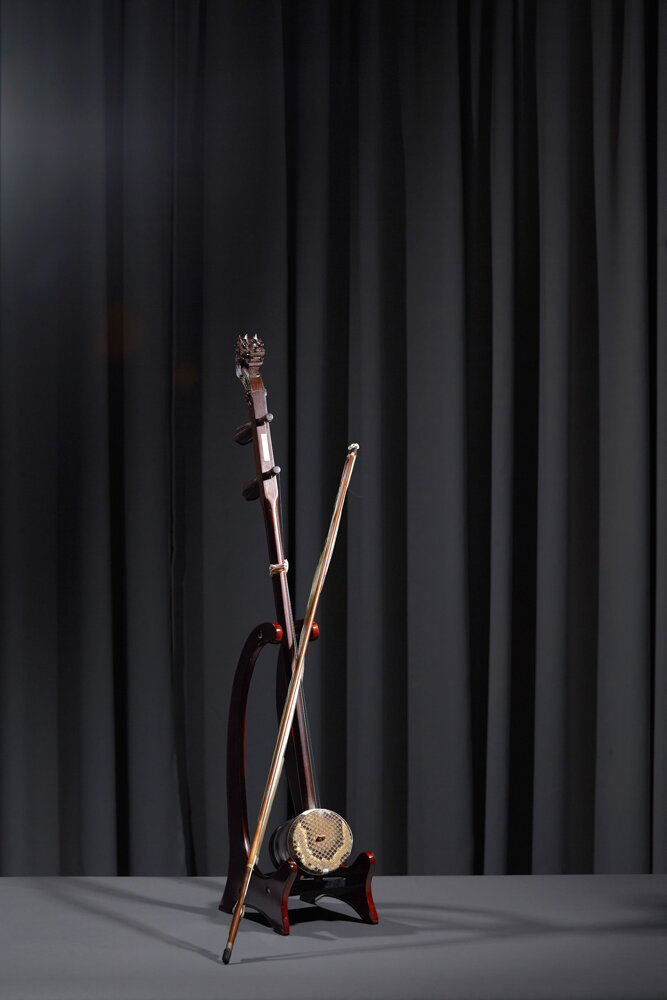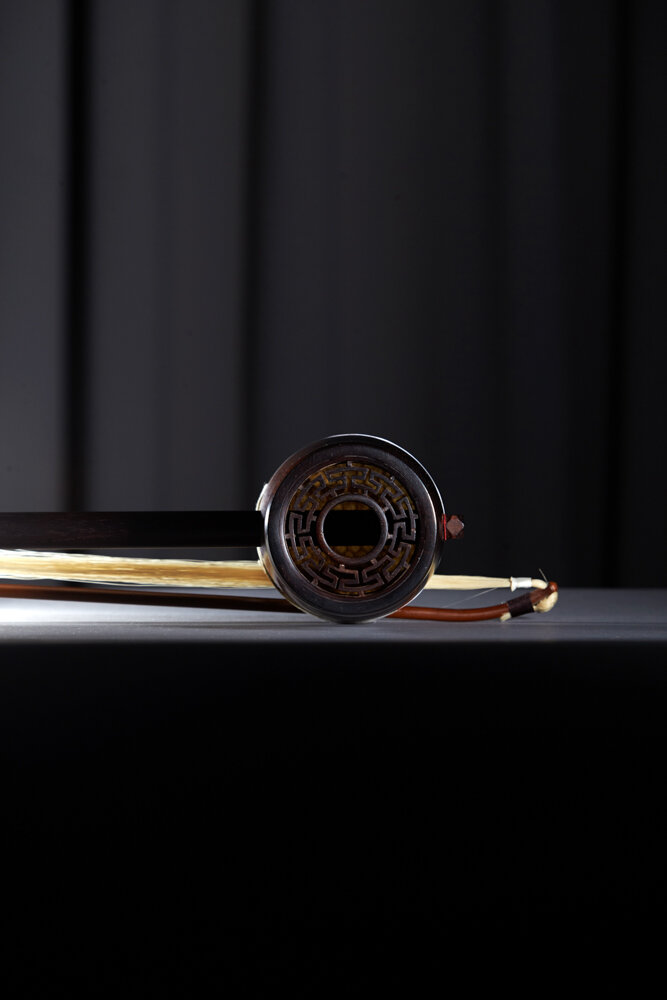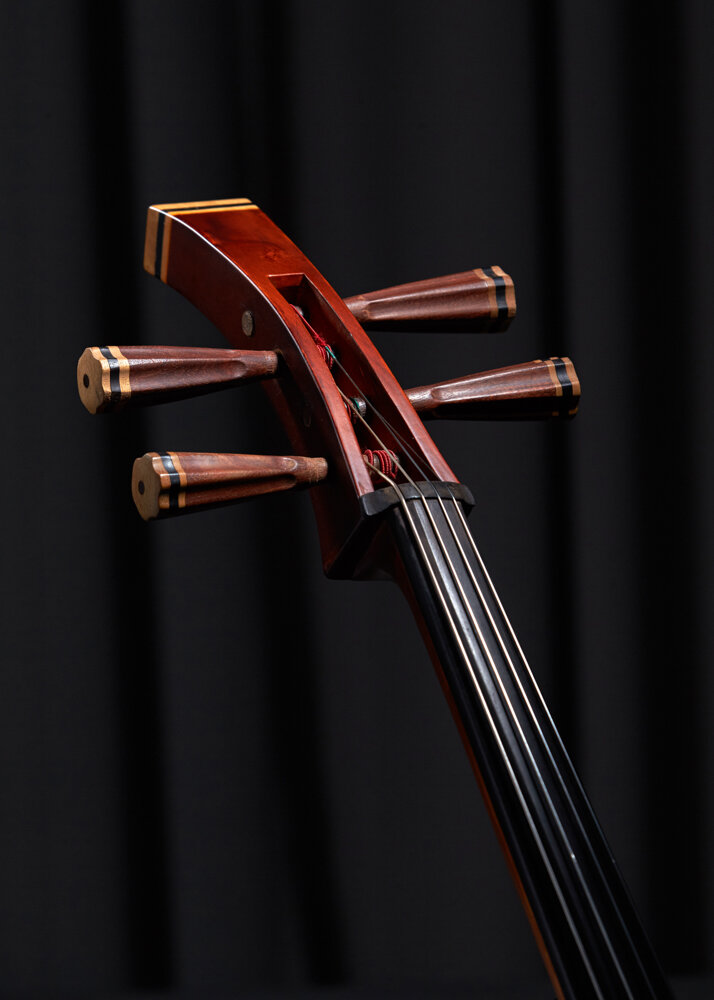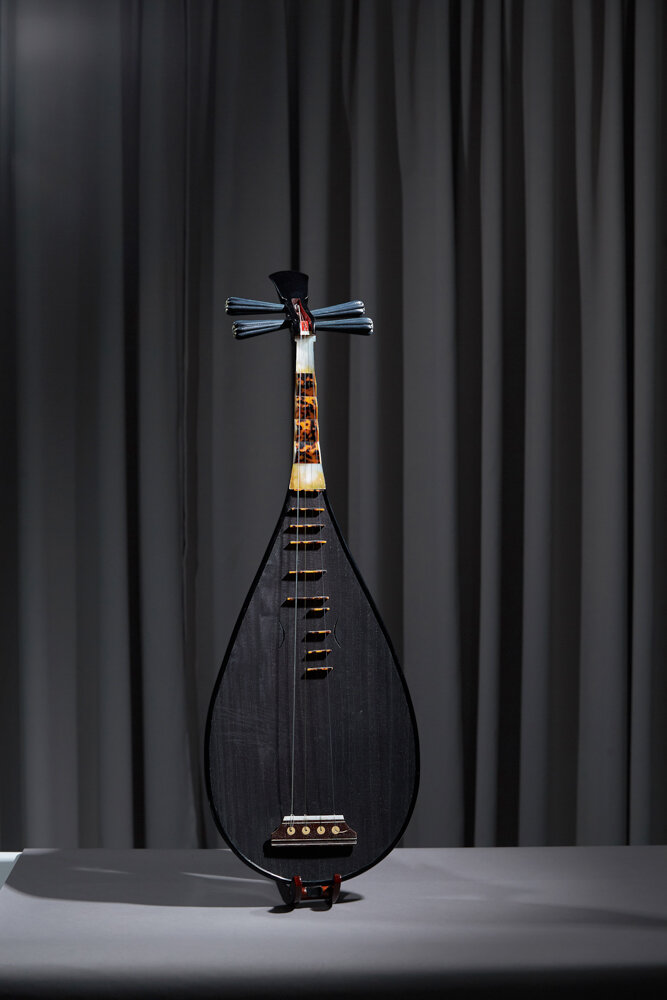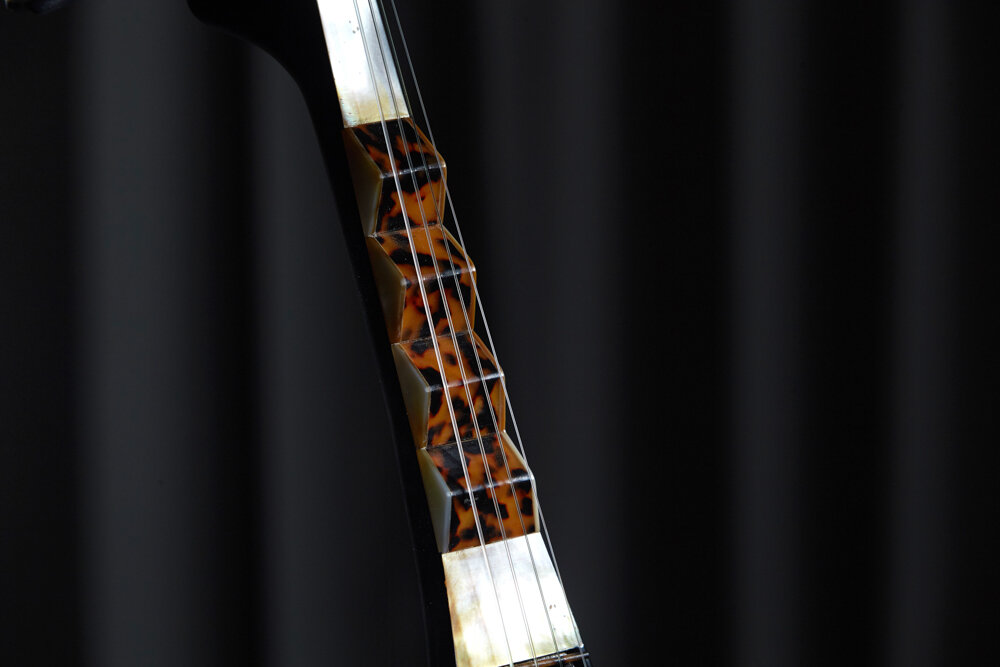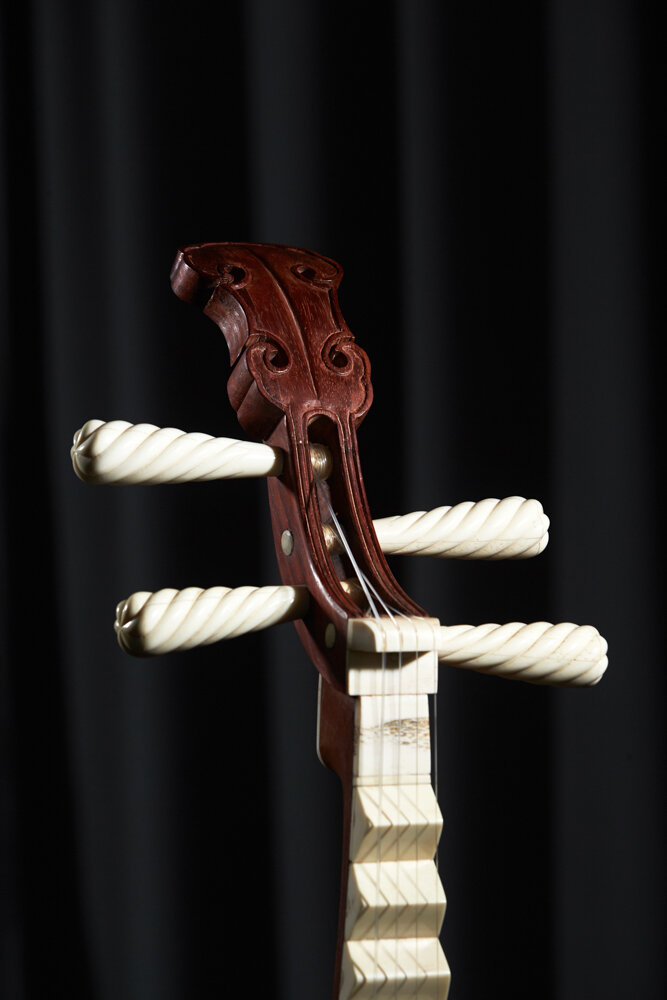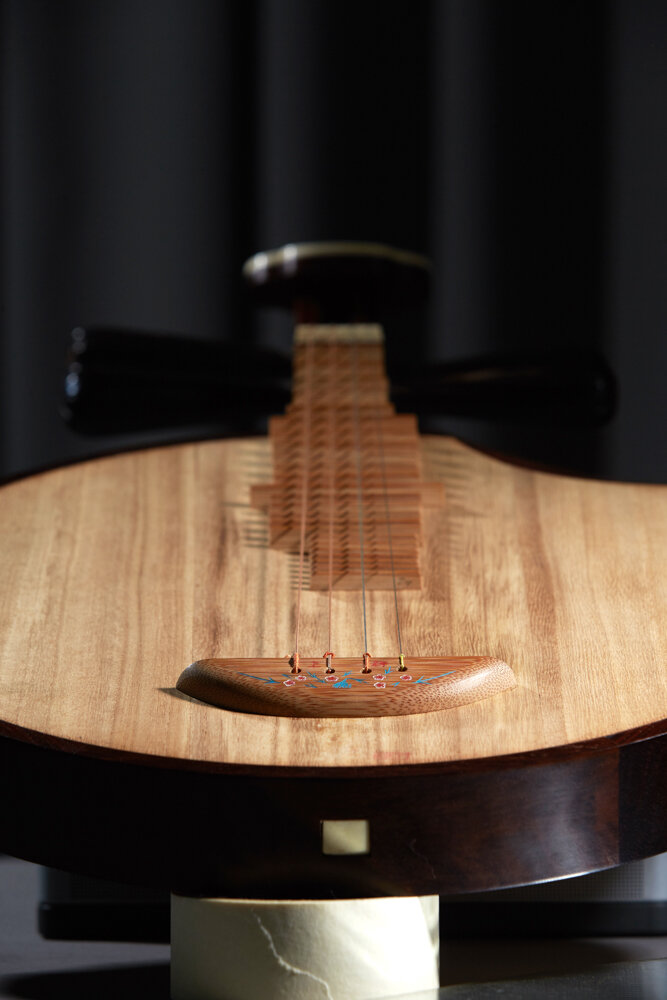Overview
The TENG Ensemble
Community Concerts
Music Videos and Albums
Signature Concerts
Digital Concerts
Yi
Overview
TENG Gives Back
Music For Mindfulness
In-School Programmes for Targeted Students
TENG x COPE
TENG X SMRT Train Chimes
Overview
Mapletree – TENG Scholarship
The TENG Guide to the Chinese Orchestra
Chinese Instrumental Music Grading Examinations
Chinese Orchestras in Schools


